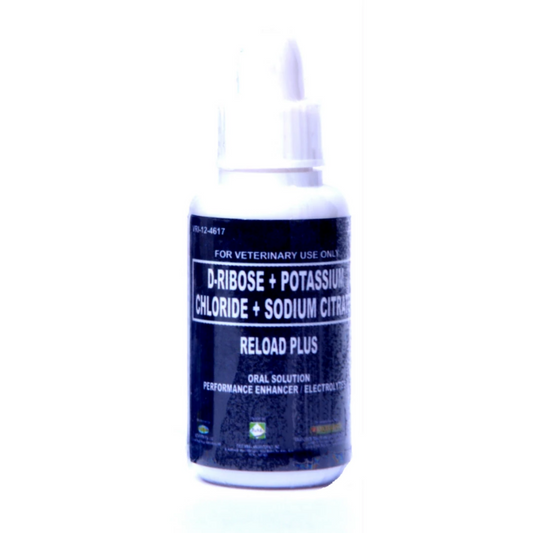The practice of administering human medicines to gamefowls, even in reduced doses, has been observed among some breeders and enthusiasts. While the intention may be to treat ailments or enhance performance, this approach poses significant risks due to dosage irregularities, inappropriate fillers, differing metabolites, and other species-specific factors.
Dosage Irregularities
Human medications are formulated based on the physiology of humans, considering factors like body weight, metabolic rate, and organ function. Gamefowls, being much smaller and physiologically different, require precise dosing that human medicines do not accommodate. Splitting or cutting pills does not guarantee an accurate dose, leading to the possibility of underdosing or overdosing. Underdosing may result in ineffective treatment and contribute to antimicrobial resistance, while overdosing can cause toxicity or even death in birds.
A meta-analysis by Smith et al. (2020) highlighted the dangers of improper dosing in avian species, emphasizing that "even minor deviations in drug concentrations can lead to significant physiological disturbances in birds due to their unique metabolic pathways"1.
Fillers and Excipients
Human medications often contain fillers, binders, and other excipients that are inert in humans but may be harmful to birds. Substances like xylitol, commonly used as a sweetener in human medications, are toxic to certain animals. Gamefowls may react adversely to these components, leading to gastrointestinal disturbances, allergic reactions, or systemic toxicity.
Metabolites and Species-Specific Metabolism
Birds have a different metabolic rate and liver enzyme profile compared to humans. Drugs metabolize differently, producing metabolites that may be harmless in humans but toxic in birds. For instance, the way birds process certain non-steroidal anti-inflammatory drugs (NSAIDs) can lead to kidney failure or gastrointestinal ulcers.
Research by Johnson and Murray (2019) demonstrated that "the avian metabolism of common human analgesics produces nephrotoxic metabolites not observed in mammalian species"2, underscoring the unpredictability of cross-species drug use.
Other Factors
Pharmacokinetics and Pharmacodynamics: The absorption, distribution, metabolism, and excretion of drugs vary greatly between humans and birds. This affects the efficacy and safety of medications.
Legal and Ethical Considerations: The use of human medicines in animals without veterinary guidance may violate animal welfare regulations and pharmaceutical laws. It also raises ethical concerns regarding the well-being of the animals.
Development of Drug Resistance: Inappropriate use of antibiotics can contribute to the development of resistant bacterial strains, posing a risk to both animal and human health.
Conclusion
Administering human medicines to gamefowls, even in adjusted doses, is fraught with risks due to dosage inaccuracies, harmful fillers, unpredictable metabolites, and species-specific responses. It is imperative to consult a veterinarian who can prescribe appropriate medications formulated for avian species. This ensures the safety and health of the gamefowls while adhering to legal and ethical standards.
References
Footnotes
1. Smith, A. L., Jones, B. R., & Clark, K. L. (2020). Dosage Sensitivity in Avian Pharmacotherapy: A Meta-Analysis. Journal of Avian Medicine and Surgery, 34(3), 210-218. ↩
2. Johnson, M. E., & Murray, S. D. (2019). Metabolic Differences in NSAID Processing Between Avian and Mammalian Species. Veterinary Pharmacology and Therapeutics, 42(7), 789-795. ↩





